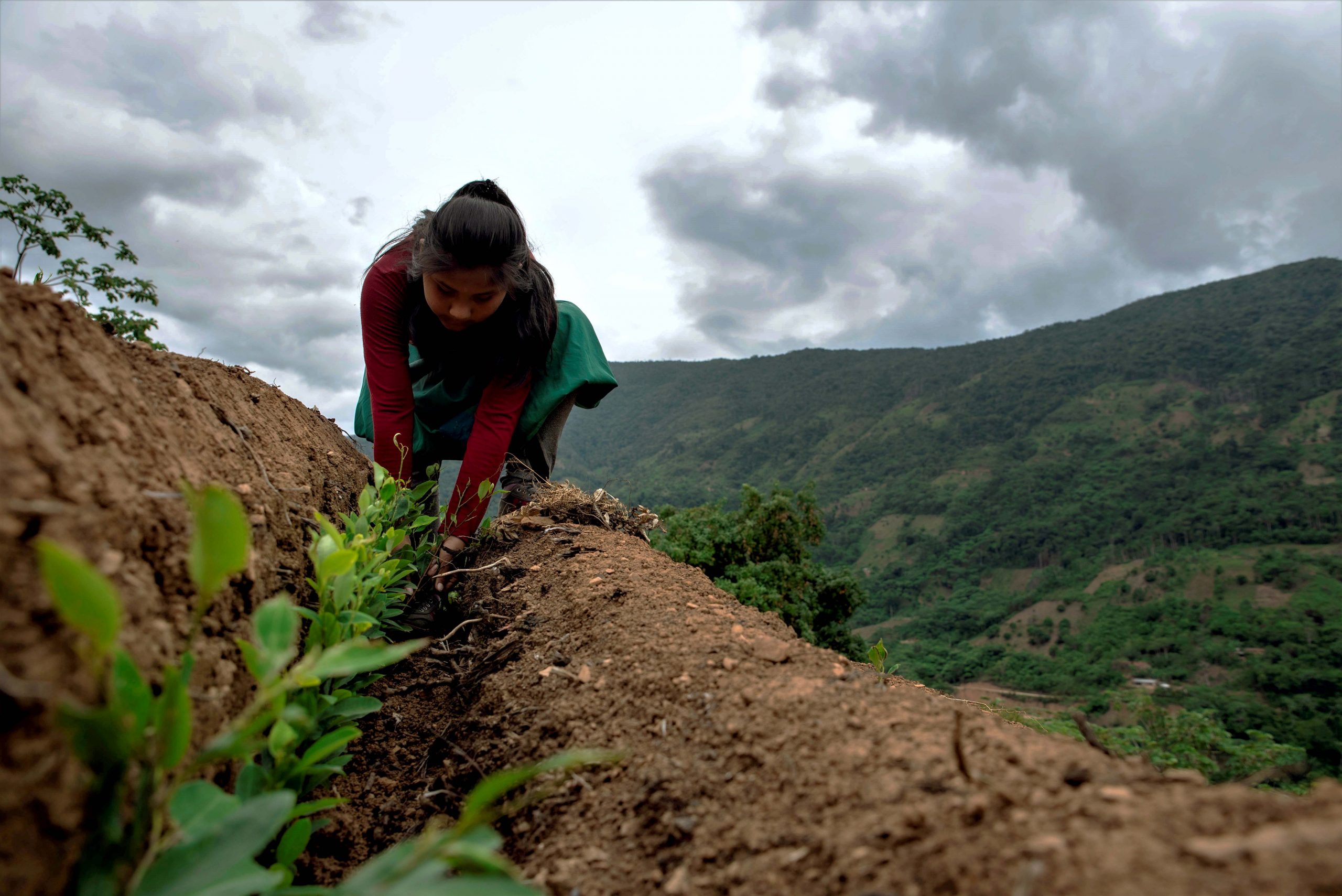Our team worked with journalist Amy Booth on the article ‘How Legalizing Cocaine’s Base Ingredient Could Save Indigenous Lives‘, published in Vice News.
Read more here
Extracts below…
“There are some major differences between coca growing in Bolivia and Peru, as a recent comparative study has pointed out. Unlike in Bolivia, where production is concentrated in two main regions of Los Yungas and Chapare, Peru has 16 different growing areas and communities don’t always see eye to eye. For instance, why would cocaleros with large plantations agree to drastically reduce the size of their crops to accommodate a system where each farmer only gets a small patch?
What’s more, Peru’s coca growing unions are less powerful politically than their Bolivian counterparts, which control land access. “The Chapare union governs almost every aspect of a person’s life,” the study states. Bolivia’s former President Evo Morales, who ruled the country for 14 years, rose to power as a coca union leader. Peruvian producers have never had this level of government involvement, and many have a deep-seated distrust of the state.
Despite these challenges, entrenched issues with Peru’s current policy make it clear that change is needed. The government’s strategy of ripping illegally-grown coca from the ground could actually be making deforestation and indigenous land conflicts worse. Growers whose crops are eradicated seek increasingly remote, inaccessible spots to replant them, according to Alvaro Pastor, a sociologist at the Pontifical Catholic University of Peru who contributed to the comparative report.
“I think the national drug policy hasn’t adequately evaluated the impacts of its policy of constant eradication over the past 20 years,” he said. “They just think that Huayllaga and Monzon [major coca cultivation spots in Peru] are no longer the drug hubs they used to be. They’re not measuring where the coca that was there has gone [been displaced to].”
Like Bolivia and Colombia, Peru has long attempted to persuade its coca growers, known as cocaleros, to substitute their plants for crops such as coffee. But these efforts, known as alternative development or crop substitution, have been plagued with problems.
Marianne Zavala, a coca growers’ union leader, said that attempts were made to develop bell pepper and peppercorn crops in her community. “We get excited about the proposals, so we take out loans,” she said at a virtual side event to a UN Commission on Narcotic Drugs session, organized by drug policy and human rights NGO Andean Information Network. “Then those groups disappear and we’re left with the debt, without knowing where to sell the product.”
In recent years, plummeting coffee prices have pushed farmers back towards coca. Dr Thomas Grisaffi, a lecturer in human geography at the University of Reading and one of the authors of the comparative study on Bolivia and Peru, said growers were “literally ripping up coffee plantations that had been there for decades, that their dads and granddads had farmed, because they were like, ‘Literally what else can we do? It’s that [switch to coca] or leave the area.’”
Most growers also produce other crops, and Grisaffi noted that harsh penalties for growing coca is a strong incentive for them to branch out. But it’s hard to find a crop that offers a realistic alternative, since coca is light to transport, easy to cultivate, and can be harvested several times a year”…

